Gastronomy of Mexico, known for its bold and diverse flavours, is a reflection of the country’s rich history, vibrant culture, and natural abundance. Rooted in indigenous traditions and influenced by Spanish colonization, Mexican cuisine has evolved into a celebrated global phenomenon. From humble taco stands to haute cuisine restaurants, Mexican food delights the palate with its spicy salsas, aromatic spices, and a wide array of dishes that cater to all tastes. In this exploration of Mexican cuisine, we will delve into its historical roots, regional diversity, iconic dishes, street food culture, and its influence on the global culinary scene.
Historical Roots:
Mexican cuisine has deep historical roots, dating back to the indigenous civilizations that inhabited the region long before the arrival of Spanish conquistadors. Some of the most significant indigenous cultures that shaped Mexican cuisine include the Aztec, Maya, and Zapotec. These civilizations cultivated staples such as maize (corn), beans, chilies, and cacao.
The Spanish conquest in the 16th century marked a pivotal moment in Mexican culinary history. The arrival of Spanish ingredients such as rice, wheat, sugar, and livestock, along with the blending of European and indigenous cooking techniques, gave rise to a distinct and unique cuisine known as “mestizo.”
Regional Diversity:
Mexican cuisine is incredibly diverse, with each region offering its own unique specialities and ingredients. The country can be divided into various culinary regions, each with its own distinct flavours and traditions. Some of the most notable culinary regions include:
- Oaxaca: Known for its complex moles (rich, flavorful sauces) and the use of native ingredients like chapulines (grasshoppers), Oaxacan cuisine is celebrated for its unique and intricate flavours.
- Yucatán: Famous for its use of achiote (a red spice paste) and citrus flavours, Yucatecan cuisine boasts dishes like cochinita pibil (slow-roasted pork) and papadzules (tortillas filled with pumpkin seed sauce).
- Puebla: The birthplace of the iconic dish, mole poblano, Puebla is celebrated for its spicy, chocolate-infused sauces. Chiles en nogada, a festive dish with a patriotic colour scheme, is another regional speciality.
- Veracruz: Influenced by its coastal location, Veracruzan cuisine is famous for its seafood dishes and the use of olives, capers, and plantains. Huachinango a la Veracruzana, a red snapper dish, is a classic.
- Northern Mexico: This region is known for its beef, flour tortillas, and an emphasis on grilled and smoked meats. Carne asada, a popular dish of grilled beef, is a regional favourite.
Iconic Dishes:
Mexican cuisine boasts an array of iconic dishes that are cherished both within the country and around the world. These dishes are a testament to the rich and diverse flavours of Mexican cooking. Some of the most famous include:
- Tacos: A quintessential Mexican street food, tacos come in a multitude of varieties. From the classic al pastor (marinated pork) tacos to carnitas (slow-cooked pork) and carne asada (grilled beef), tacos are a beloved culinary treasure.
- Guacamole: A simple yet delicious dip made from mashed avocados, onions, tomatoes, chilies, lime, and cilantro. It is a staple of Mexican cuisine and a favourite worldwide.
- Salsa: Salsas come in countless forms, from mild to fiery hot. Salsa roja (red sauce) and salsa verde (green sauce) are common accompaniments to a wide range of Mexican dishes.
- Tamales: These are parcels of masa (corn dough) filled with various ingredients, wrapped in corn husks or banana leaves, and steamed. Tamales can be sweet or savoury and are enjoyed on special occasions.
- Enchiladas: Corn tortillas filled with meat, cheese, or beans, rolled up, and smothered in chili sauce. Enchiladas come in various styles, such as enchiladas verdes (green sauce) and enchiladas suizas (creamy sauce).
- Chiles Rellenos: Poblano peppers stuffed with ingredients like cheese, picadillo (a mixture of meat and spices), or beans, then battered and fried. They are often served with tomato sauce.
- Pozole: A hearty soup made from hominy corn and either pork or chicken, pozole is traditionally served with a variety of toppings, including radishes, lettuce, and lime.
- Ceviche: A refreshing seafood dish typically made with raw fish or seafood “cooked” in citrus juices, mixed with tomatoes, onions, cilantro, and chilies.
Street Food Culture:
Mexican street food culture is a vibrant and integral part of daily life. Tacos, tamales, elotes (grilled corn on the cob), and tortas (sandwiches) are sold from small stands and food carts on nearly every corner. Street vendors often serve their specialities with a variety of salsas and condiments, allowing customers to customize their meals.
The bustling atmosphere of Mexican street food markets, known as “mercados,” offers an authentic and sensory-rich culinary experience. Whether it’s the scent of sizzling meats, the sound of tortillas being pressed, or the sight of colourful ingredients, these markets immerse visitors in the heart of Mexican food culture.
Influence on the Global Culinary Scene:
Mexican cuisine has had a profound impact on the global culinary scene. Mexican ingredients like avocados, chilies, and cilantro have become staples in international kitchens. The popularity of Mexican restaurants around the world continues to grow, with dishes like guacamole, salsa, and tacos now firmly entrenched in the global palate.
Mexican chefs, both in Mexico and abroad, have gained recognition for their innovative interpretations of traditional dishes and their contributions to the modern food landscape. Renowned Mexican chefs like Enrique Olvera, Gabriela Cámara, and Alex Stupak have made significant contributions to the culinary world, fusing traditional Mexican flavours with contemporary techniques.
Challenges and Opportunities:
While Mexican cuisine enjoys global popularity, it faces various challenges. The traditional methods of preparing dishes, such as grinding corn for masa and slow-cooking meats, are time-consuming and labour-intensive. The availability of processed and fast foods is a growing concern in Mexico, contributing to health issues such as obesity and diabetes.
However, there are opportunities for preserving and celebrating the rich tradition of Mexican cuisine. Initiatives that support small-scale farmers and the preservation of indigenous culinary practices can help ensure the continued vitality of this culinary heritage.
In conclusion, Mexican cuisine is a captivating journey through the country’s history, culture, and natural abundance. Its fusion of indigenous ingredients, Spanish influences, and regional diversity has produced a diverse and tantalizing array of flavours. From the savoury delights of tacos to the spicy kick of salsas, Mexican cuisine is a reflection of the nation’s passion for food, community, and tradition. Whether savouring a street taco in Mexico City or enjoying a mole sauce in a Michelin-starred restaurant, the essence of Mexico’s culinary tradition is a celebration of life, culture, and flavour.


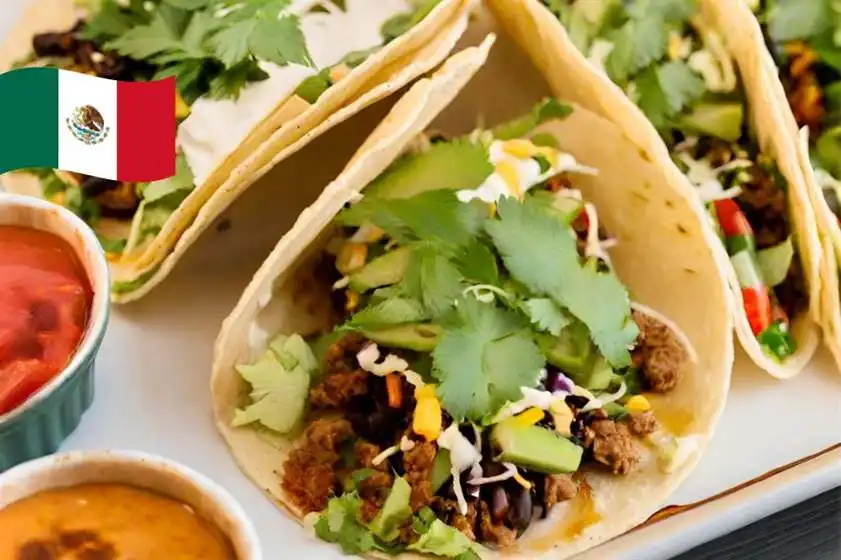

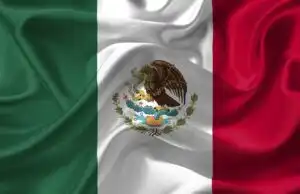
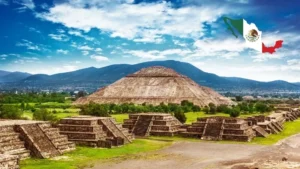
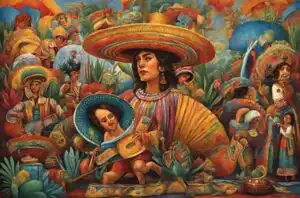


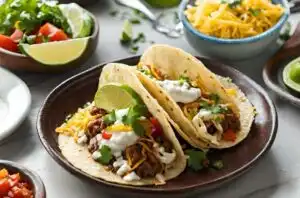
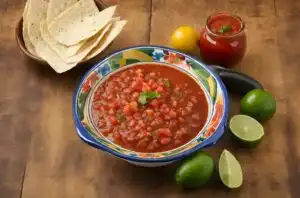
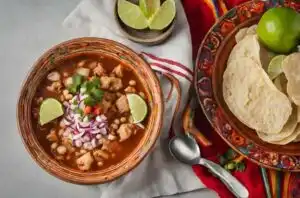
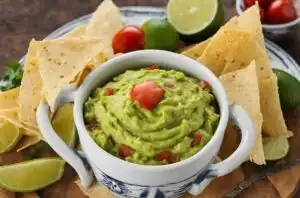
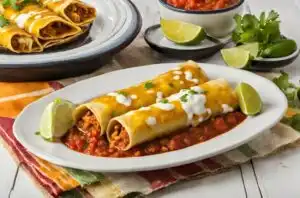
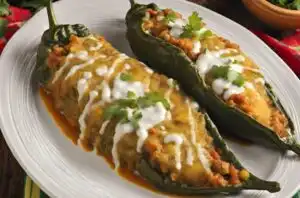
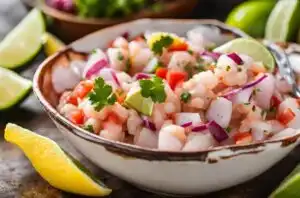

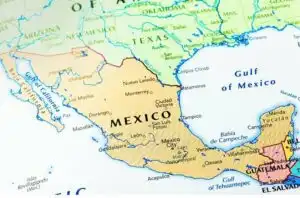



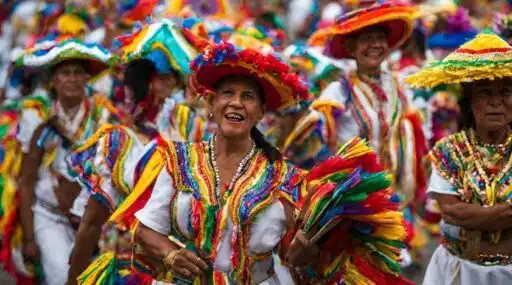

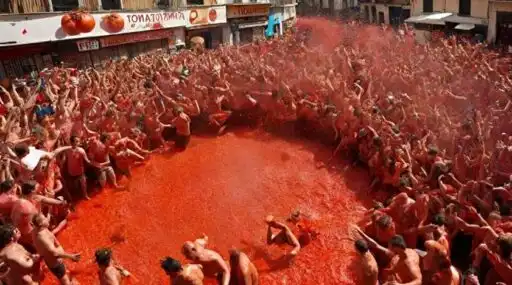
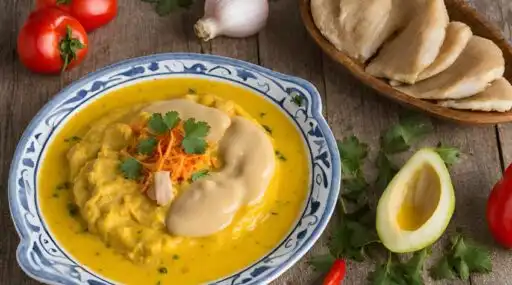


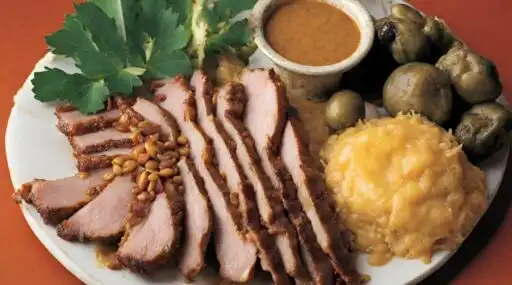
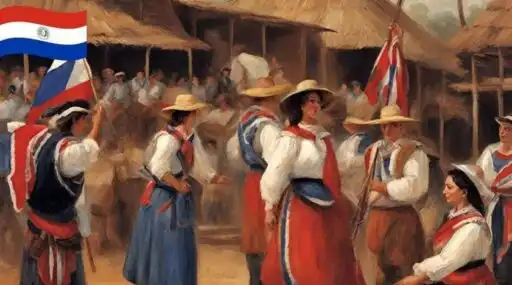

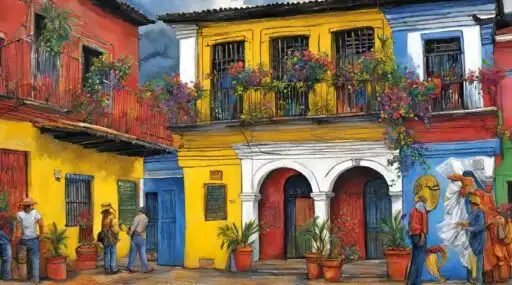



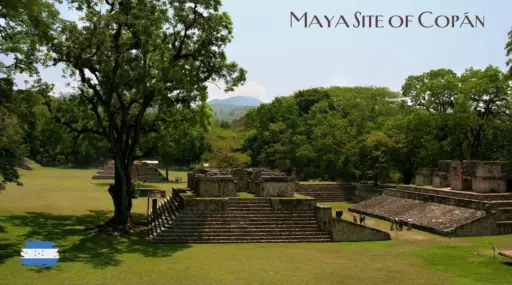

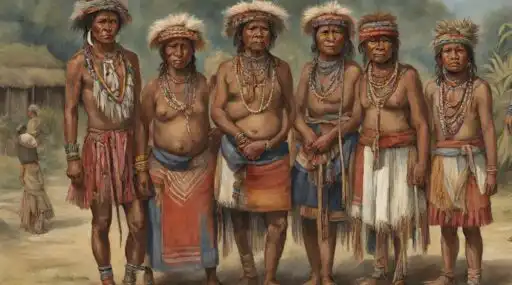





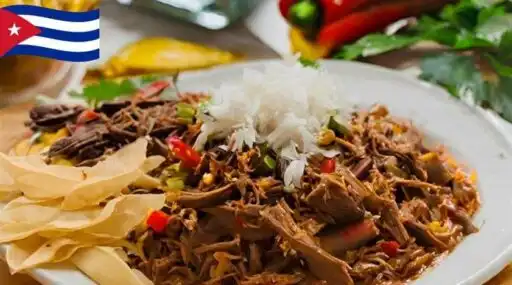

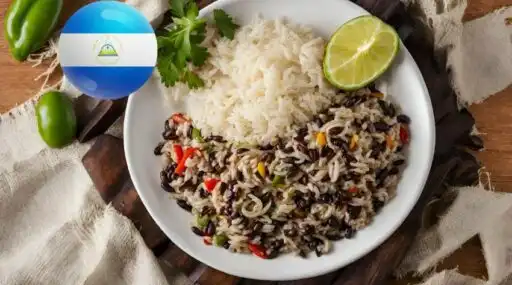


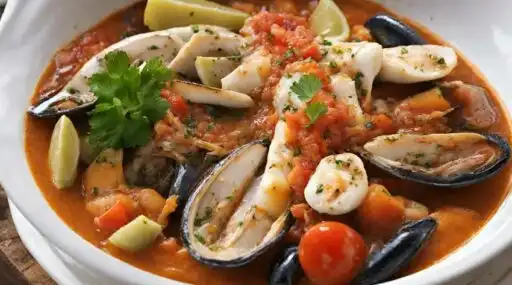
Leave a Reply